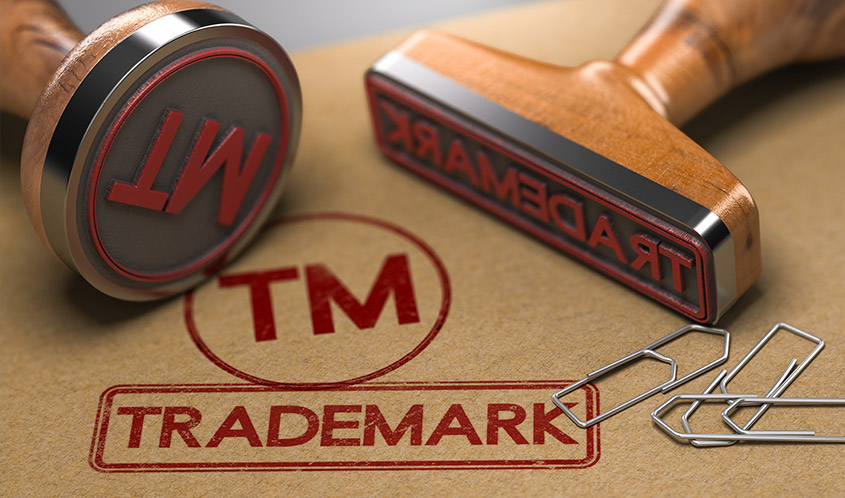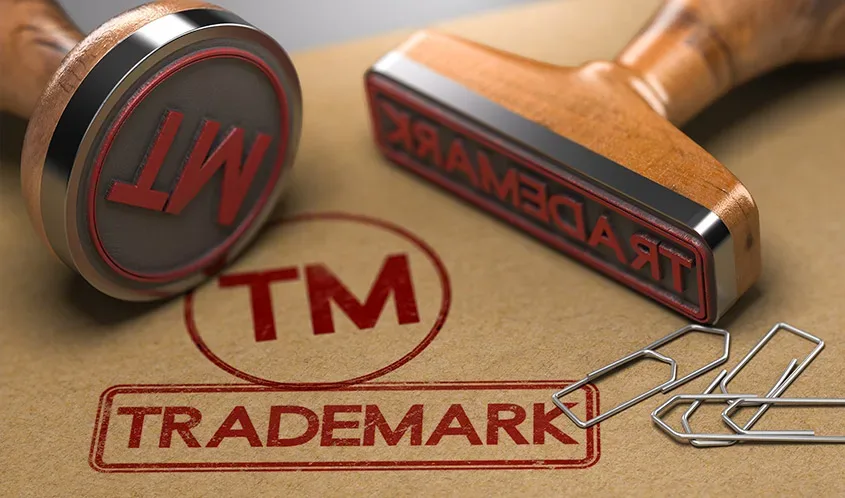
Patents and copyrights carry power — and the authority of the U.S. Constitution. The law allows these limited monopolies because they help promote useful arts and sciences, but patents and copyrights have limited life. At some point, they expire.
Trademarks, on the other hand, are based on ancient common law and can last forever, provided they are continuously used. The law allows this perpetual monopoly to benefit the purchasing public by providing the stability of quality control.
QUALITY YOU CAN COUNT ON
Trademarks have largely replaced the relationship that Americans had with their local shopkeepers and tradesmen before the Industrial Revolution. At that time, purchasers knew the person who sold the product they were purchasing — and perhaps even knew the product as well — whether it was a milk pail, a wagon wheel, a chair, or a bag of seed. There was a bond and an implied promise that surrounded the quality.
Nowadays, although goods and services are vastly different, a trademark serves that same function: it is an expectation of a consistent and sole source of origin. People feel good when they see well-known trademarks because trademarks create consumer trust. Consumers remember, and trust, the trademarks that they knew as kids, which is why Tony the Tiger, Ronald McDonald, and Mr. Clean are still good friends.
“Choose wisely because the trademark will establish a relationship between your toy and the public.”
“HERE’S MY BUSINESS CARD”
As the calling card for your toy, your trademark gives consumers the opportunity to make intelligent choices based upon advertising, past purchases, and third-party advice. Confusion hurts not only the manufacturer, but also the purchasing public, who should be free to make an informed decision based upon reputation. When trademark owners sue infringers, the courts must protect an invisible but omnipresent third party: the purchasing public.
THE ANCIENT ART OF BUILDING A BRAND
Branding has been a source of accountability for centuries. In ancient times, trademarks identified and memorialized the origin of a commercial product. Greek urn makers placed their brands (in the form of names or drawings) on products as early as the fifth and sixth centuries B.C., as urns were both utilitarian and artistic. Roman brickmakers were obligated to put their name, mark, or seal on the bricks they produced so that if there were defects or irregularities, the authorities would know the individual responsible for the defective workmanship — an early form of branding that allowed all those concerned to differentiate bricks made by different makers. Goldsmiths and silversmiths developed uniform symbols (trademarks) to identify their expensive products. During the Middle Ages, guilds used trademarks to identify armor, cloth, cutlery, and pewter items, so that rival crafts could be distinguished. The word “brand” for trademarks (from the Anglo-Saxon word “to burn”) probably dates back to the American Wild West, when cattle were branded to differentiate those of different breeders.
A RUSH ON U.S. TRADEMARKS AROUND THE WORLD
The number of U.S. trademark applications reflects the value of this contemporary calling card. Under the Copyright Act of 1870, 121 trademarks were registered. One hundred years later, 33,000 applications were filed and 23,000 were granted federal registration. Last year, 738,112 trademark applications were filed. In addition, other countries outside of the U.S. have sought trademark protection here. For example, last year, there were 102,593 applications filed from China, 15,288 from the UK, 16,431 from Canada, and 13,432 from Germany.
USE IT OR LOSE IT
Under U.S. law, registration protects — but does not create — rights. Trademark rights rest on use of the mark in sales and distribution, not registration. Once registered, a trademark can be renewed indefinitely, as long as there is proof of actual use in U.S. commerce at the time of renewal. It is this possible perpetual nature that makes trademarks so valuable.
CHOOSE CAREFULLY
Trademarks can last forever — so choose yours carefully. Like a kid’s name, the choice of a trademark for a new toy should reflect time, thought, focus, and research. Whatever your goal in selecting a trademark, choose wisely because the trademark will establish a relationship between your toy and the public, and — unlike a business card — it may stay around forever.
This article was originally published in the October 2021 edition of the Toy Book. Click here to read the full issue!


